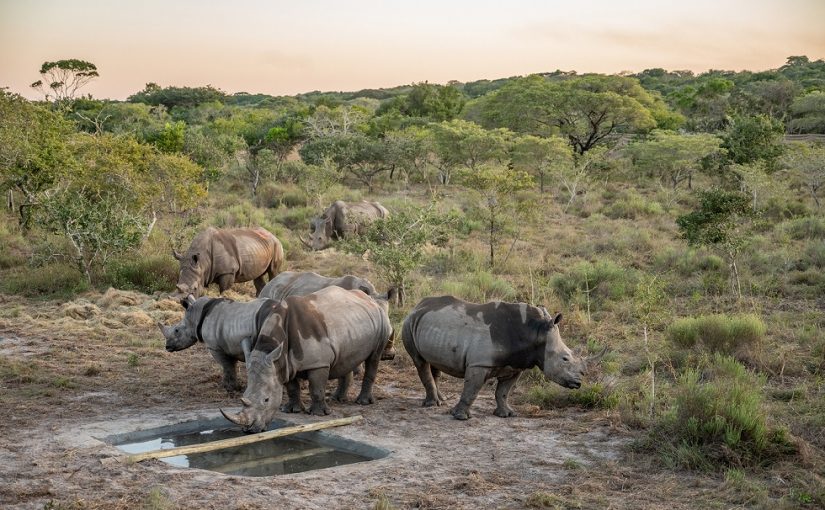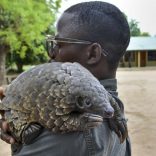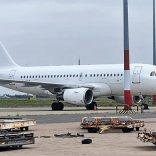Mozambique: Population growth in Bazaruto Park worries authorities
Mozambique: PPF invests 34 million USD in Zinave Park

File photo: Peace Parks Foundation
The South African conservation body, the Peace Parks Foundation (PPF), has invested over the past six years about 34 million US dollars in boosting activities in the Zinave National Park, in the southern Mozambican province of Inhambane.
This sum was applied in the development of conservation and wildlife restoration projects, construction of tourism infrastructures, strengthening of security and protection of animals, management of natural resources, and support for communities.
The investments in the PNZ were made under the park co-management agreement reached between Mozambique’s National Administration of Conservation Areas (ANAC), the Ministry of Land and Environment, and PPF.
The information was revealed last Wednesday, in the Inhambane district of Mabote, by PPF’s project manager Bernard Van Lente, in an interview granted to AIM during the translocation of eight rhinos to the PNZ.
“From 2016 to date, the Peace Parks Foundation has invested about 34 million dollars in various activities in the Zinave Park. These investments are in line with our biodiversity and environmental management strategies”, Van Lenet said. “PPF’s goal is to support the establishment and development of conservation areas in Africa, hence the organization will continue to mobilize funding for the PNZ, known for its characteristic transition between tropical wetlands and drylands.”
The area is also an important crossing place for nomadic mammals that pass through the greater Limpopo region, in addition to its rich miombo woodland vegetation.
On Wednesday’s translocation to the PNZ of critically endangered black rhinos, Van Lente noted that the activity follows the successful reintroduction of 19 white rhinos to the park in the implementation of a pioneering conservation project committed to restoring, protecting and expanding populations of both species.
“The white rhinos have adapted to their new home easily and a new born calf was in the herd soon after arrival”, he said “Today seven black rhinos and one more white rhino arrived. Tomorrow we will start releasing the animals in a phased manner to avoid unrest among them”.
The PPF is investing 4.6 million dollars in the translocation operations alone. Aspects of animal protection and safety, payment of inspectors, and acquisition of vehicles, especially a helicopter, are included in the amount.
The translocation of the black rhinos was accompanied by a strong security companion placed in steel bomas and transported in trucks. The animals were monitored by a team of veterinarians, since they are the most aggressive species of the rhino family.
To ensure the animals’ safety, each one was equipped with a tracking sensor, allowing real-time monitoring from a room prepared for this purpose that operates 24 hours a day.













Leave a Reply
Be the First to Comment!
You must be logged in to post a comment.
You must be logged in to post a comment.